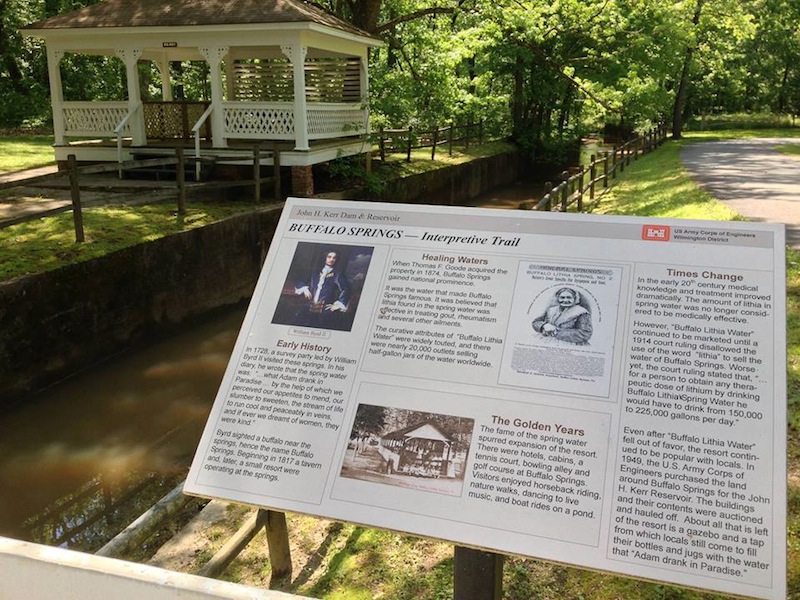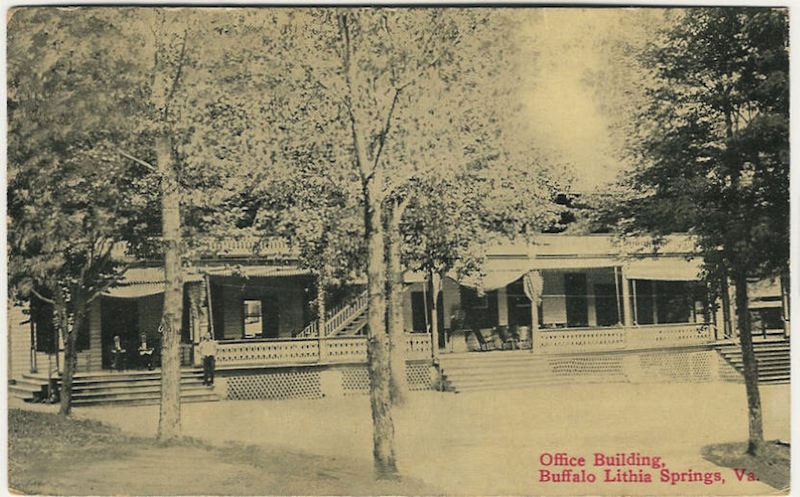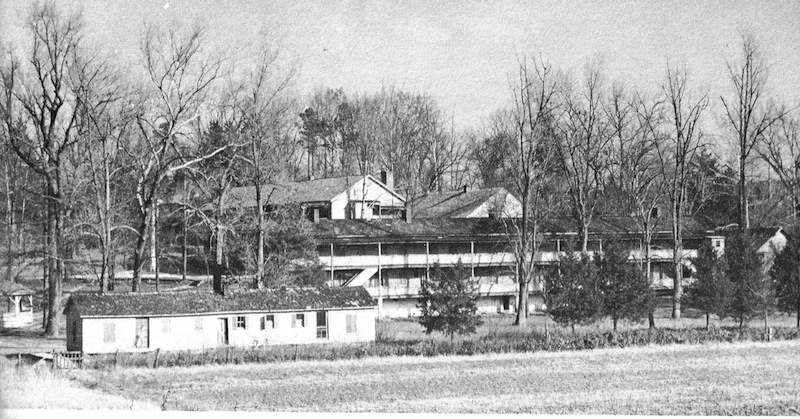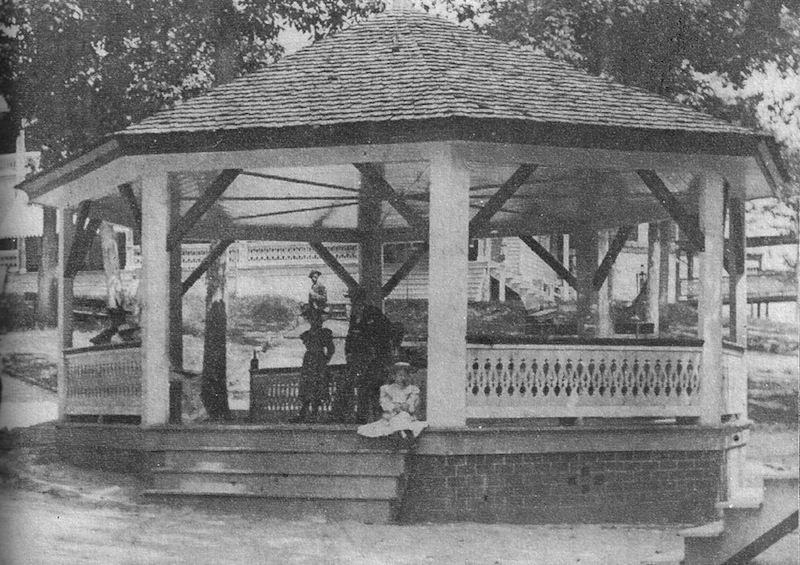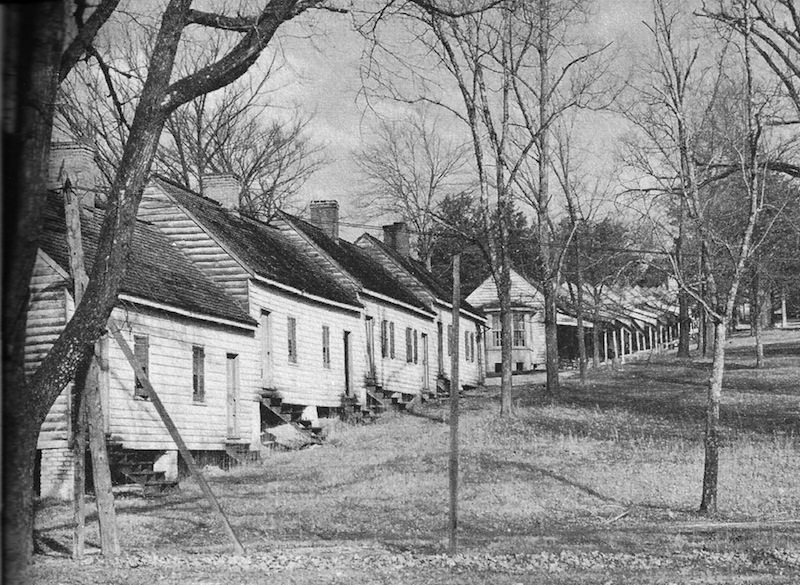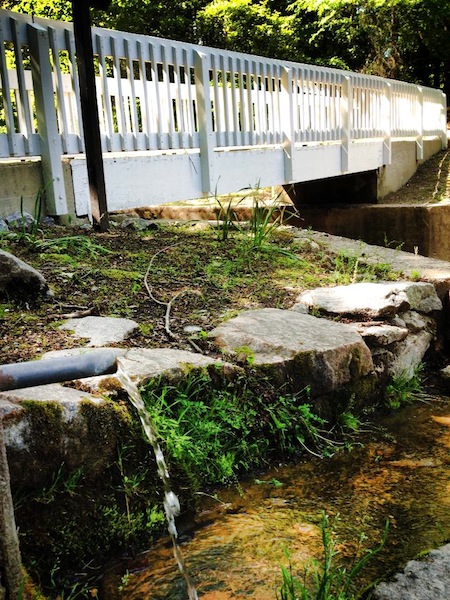Buffalo Lithia Springs
*National Register of Historic Places
99 Buffalo Springs Road, Buffalo Junction, VA
(434) 738-6143 (John H. Kerr Dam and Reservoir Visitor Assistance Center)
Hours:
Dawn to Dusk
(gate not locked)
Fees: No
*Historic buildings no longer on the site, having been dismantled and removed; Facilities available: public picnic area and shelter, historical interpretive signs, vault toilet, and drinking water. This area is free. It is owned and maintained by the U.S. Army Corps of Engineers, John H. Kerr Dam & Reservoir Project. *
(434) 738-6143 (John H. Kerr Dam and Reservoir Visitor Assistance Center)
Hours:
Dawn to Dusk
(gate not locked)
Fees: No
The Buffalo Lithia Springs were first brought to the attention of Colonel William Byrd by Native Americans in 1726 while he was surveying the boundary between Virginia and Carolina. Byrd called the site "Buffalo Springs", because when they arrived, they killed a local buffalo for food, which was drinking from one of the springs.
The healing waters of Buffalo Lithia Springs were attracting visitors as early as 1790. Notable guests from this period were President Thomas Jefferson, General Winfield Scott, and General Santa Anna. By the early nineteenth century, under the management of David Shelton, the Springs gained popularity as a full-fledged resort, including two hotels, two bowling alleys, a dining room capable of seating 250 guests, a 10-acre stocked lake, horseback riding and walking trails with Lithia water refreshment at numerous rest areas. By the 1840s advertisements boasted about "the finest bands ... employed" and "excellent cuisine, liquor and entertainment," with accommodations for over 150 guests per night.
In the summer of 1861 the proprietor was advertising all over eastern Virginia and North Carolina for people to come to the Springs to escape the war. Existing hotel registers confirm that numerous Confederate soldiers and officers with their families attended the Springs for respite. Many of these guests were linked to Partisan Ranger units, fueling speculation that the Springs became home to a spy training camp or regrouping area for spies. Partisan Rangers were generally small tactical, striker units, which operated deep behind enemy lines, engaging in carefully planned missions, ranging from reconnaissance and scouting expeditions to railroad demolitions, abductions, disrupting supply lines, and cutting enemy communications.
In June 1862, resort proprietor James Williamson advertised "this celebrated watering place" able to comfortably accommodate from 400 to 450 persons in a "location ... remote from the theatre of war, and yet accessible to travel." Williamson noted: "Hacks will connect with ... the Richmond and Danville Railroad ... and with the Roanoke Valley Railroad at Clarksville... ." He ends his advertisement: "Few places are more desirable as a summer resort." He also lists terms as "Board per day, $2; per week, $10; per month, $35."
Also in June 1862, Women's Missionary Union leader, Fannie Exile Scudder Heck, was born at the Springs on the 16th of the month and given the name "Exile" in memory of her birthplace to which her mother, Anna Callendine Heck, wife of Jonathan McGee Heck, a lieutenant colonel in the Confederate Army, had gone for refuge from Morgantown, Virginia (now West Virginia) during the war. Confederate General Joseph E. Johnston "took the waters" there after the war, with his presence at Buffalo Springs reported in various newspapers during the summer of 1865.
The resort closed briefly after the defeat of the Confederacy in 1865, reopening in the summer of 1867. It was a successful tourist destination for a time during Reconstruction. Thomas F. Goode, a former Colonel in the 3rd Virginia Cavalry, purchased the resort in 1874. Under his proprietorship the Springs achieved their greatest success, both as a destination and through the bottling of the Buffalo Lithia Water, which was sold in London, Paris and Havana. Mary Anna Morrison Jackson, widow of Confederate General Thomas "Stonewall" Jackson, was a guest during the Springs' "heyday", spending much of the 1899 season there.
By the 1930s mineral water was no longer prescribed by physicians, and the resort/spa closed due to declining profits. Construction of the Kerr Reservoir in the late 1940s had a significant impact on the dwindling resort, with the government buying some of the property, and most of the buildings being dismantled and removed to new locations. The old hotel was dismantled in 1947.
The site is now commemorated in a highway "wayside" picnic area, owned by the U.S. Army Corps of Engineers, where the waters that Colonel William Byrd, II referred to in his diary as "what Adam Drank in Paradise" may still be taken.
Contributors: John Caknipe, Jr., author of Around Clarksville & Leigh Lambert, Director of Southside Regional Library
Websites:
http://www.saw.usace.army.mil/Locations/DistrictLakesandDams/JohnHKerr/Recreation/RecreationAreas.aspx
http://www.virginia.org/Listings/HistoricSites/BuffaloSprings/
General Johnson at Buffalo Springs, Charleston (SC) Daily News, Aug. 31, 1865 [pdf]
Sources:
Full Sources for Historic Sites [pdf]
http://www.saw.usace.army.mil/Locations/DistrictLakesandDams/JohnHKerr/Recreation/RecreationAreas.aspx
http://www.virginia.org/Listings/HistoricSites/BuffaloSprings/
General Johnson at Buffalo Springs, Charleston (SC) Daily News, Aug. 31, 1865 [pdf]
Sources:
Full Sources for Historic Sites [pdf]
(c) Copyright 2014. All Rights Reserved. Designed by Jason Winter ||
